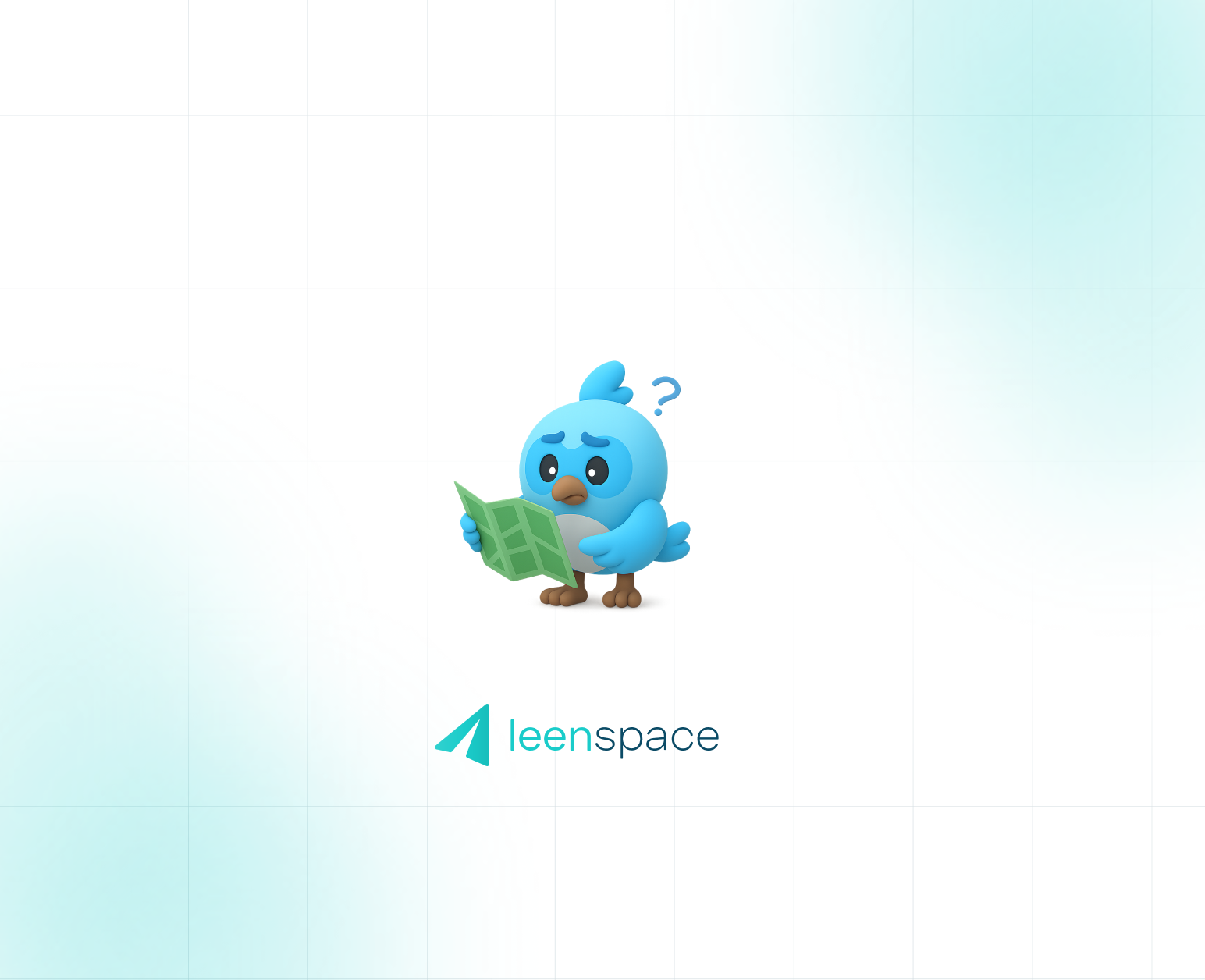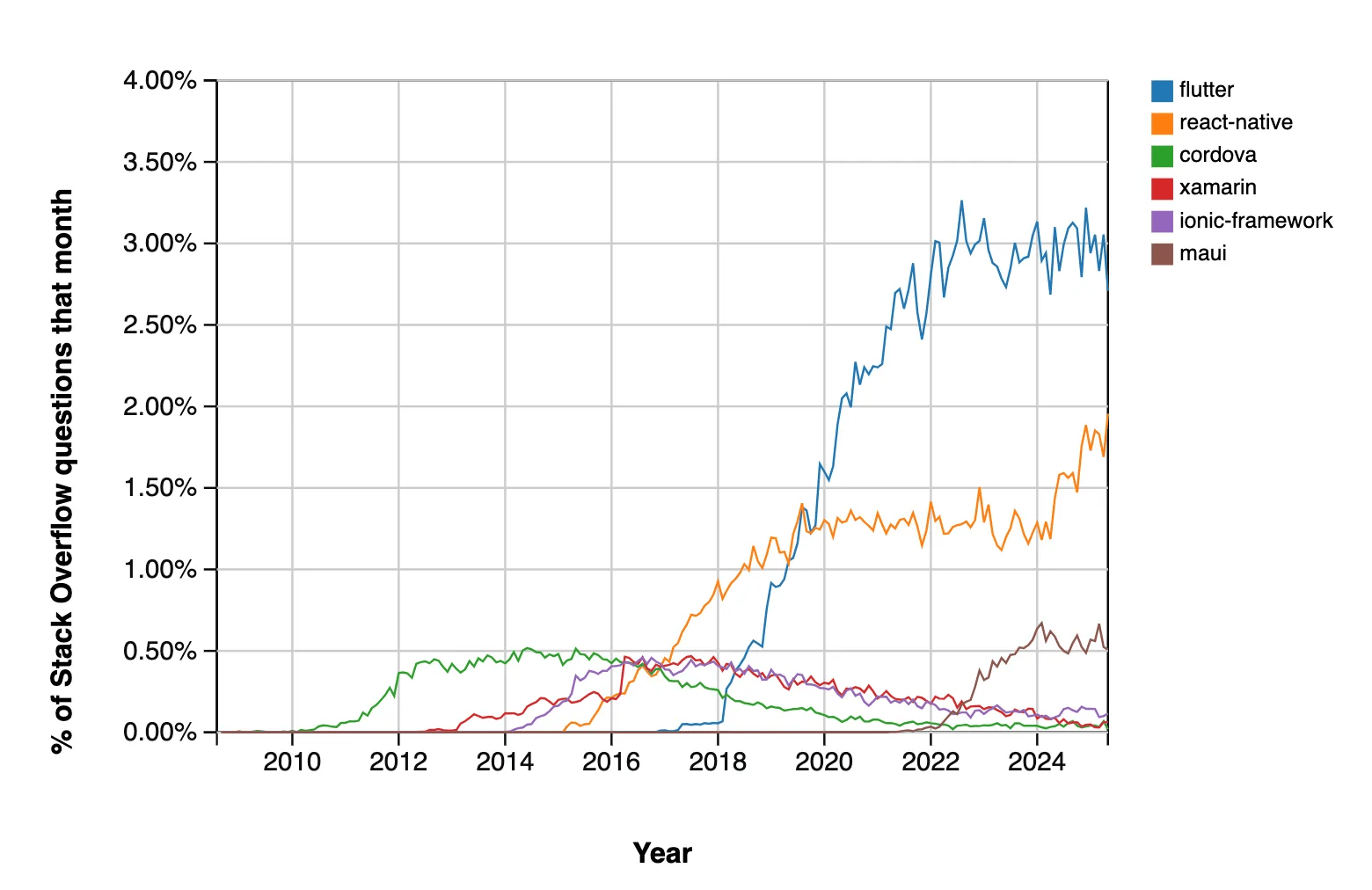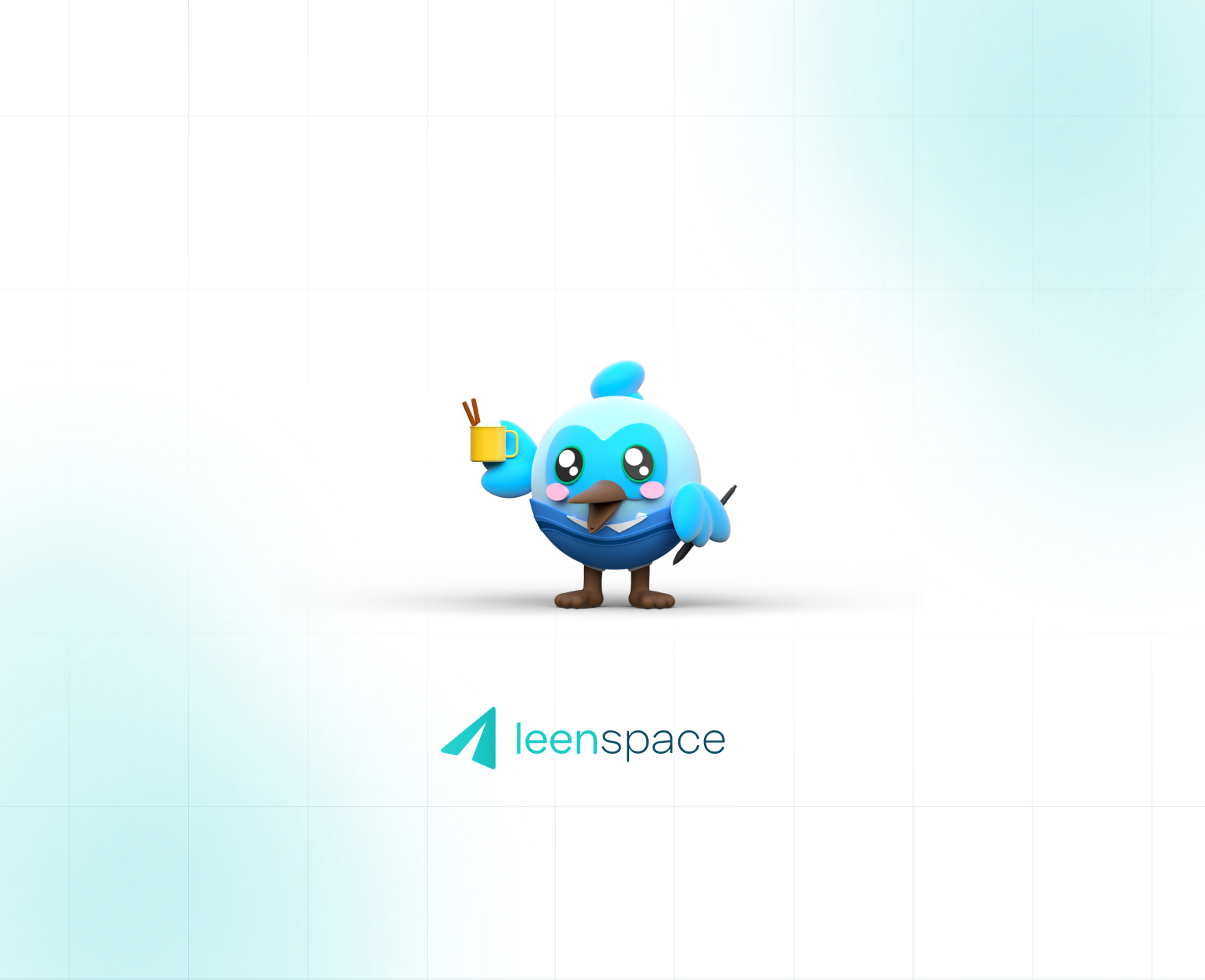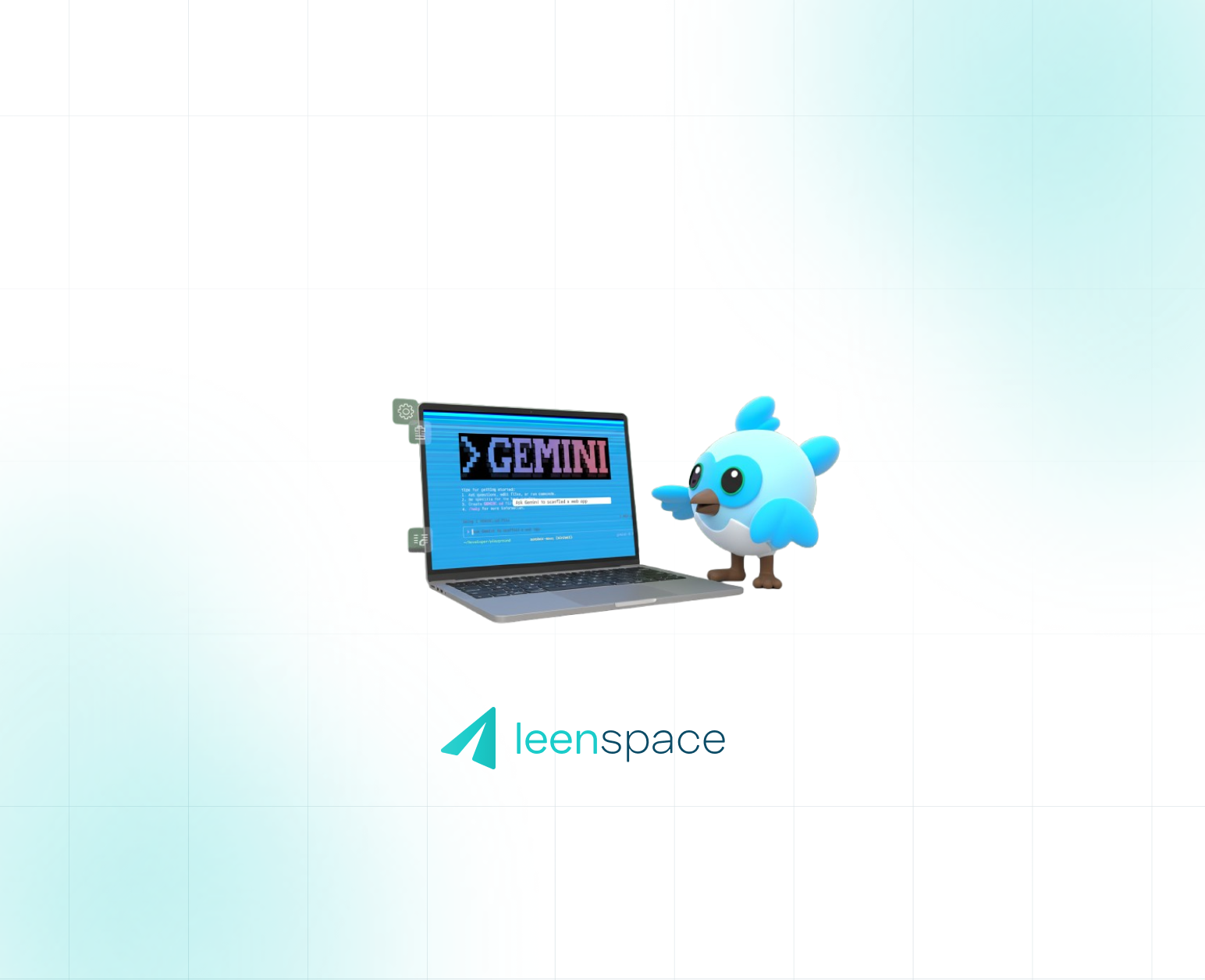
Why choose Flutter? The Leading Cross-Platform Framework Explained

1. Introduction
There’s a reason why so many companies choose Flutter when building something new. In this article, we’ll explore what Flutter is, why it was created, and how it fits into today’s development landscape. If you’ve heard about Flutter but aren’t quite sure what the hype is about, you’re in the right place.
📌 In Part 2 of this series, we’ll dive into developer adoption trends, usage stats, and why Flutter has become one of the most loved tools in software development.
2. What Is Flutter?
Flutter is an open-source UI toolkit created by Google in 2017. It's built on Dart, a programming language also developed by Google, and allows developers to create apps for multiple platforms—mobile, web, and desktop—from a single codebase. From 2017 onward, Flutter has grown tremendously, becoming one of the most widely adopted frameworks in mobile development.

3. Core Benefits of Flutter
Cross-Platform Development
Flutter enables developers to build for iOS, Android, Web, Windows, macOS, and Linux—all from a single codebase. This unified approach not only reduces development time and cost, but also brings a powerful level of consistency across platforms.
For organizations, this is a strategic advantage: engineers can fix a bug or add a feature once, and have it reflected across all platforms. In most cases, if something works on one platform, it will work on the others too—greatly simplifying testing, debugging, and maintenance.
Native Performance
A common concern with cross-platform frameworks is performance. Flutter addresses this by compiling directly to native machine code using Dart’s Ahead-of-Time (AOT) compilation. This ensures smooth animations, quick startup times, and overall native-like performance.
Developer Experience
Flutter is known for its top-tier developer tools:
- Hot Reload and Hot Restart enable instant feedback during development.
- A large widget library (over 500+ widgets) helps developers build quickly with reusable components.
Excellent documentation, maintained by Google, ensures accessibility and high standards.
4. A Thriving Ecosystem
Flutter's ecosystem is one of its strongest assets. With over 171,000 GitHub stars and thousands of packages on pub.dev, developers can rely on a vibrant and well-supported community. Contributors regularly publish tutorials, UI libraries, and plugins, while support is widely available across platforms like Stack Overflow and dedicated Flutter forums.
A key part of this ecosystem is Flutter’s rich media presence—especially on YouTube. Google maintains an official YouTube channel filled with high-quality educational content. One of its standout series is the engaging and beginner-friendly "Flutter Widget of the Week", which introduces new widgets and practical use cases through concise, easy-to-follow episodes.
These resources help developers of all levels quickly learn concepts, discover new widgets, and master debugging and optimization techniques through visual, engaging content.

5. Conclusion
Flutter combines the flexibility of cross-platform development with native performance and a vibrant ecosystem. It provides developers and businesses with an efficient, scalable way to deliver beautiful apps across multiple platforms—all without compromising on speed or quality.
🚀 In Part 2, we’ll explore the numbers behind Flutter’s rise—developer adoption trends, migration patterns, and just how popular it’s become around the world.
Using Flutter means launching faster, spending less, and simplifying your workflow.
Written by Ignacio Vallarino, Senior Engineer at Leenspace.




